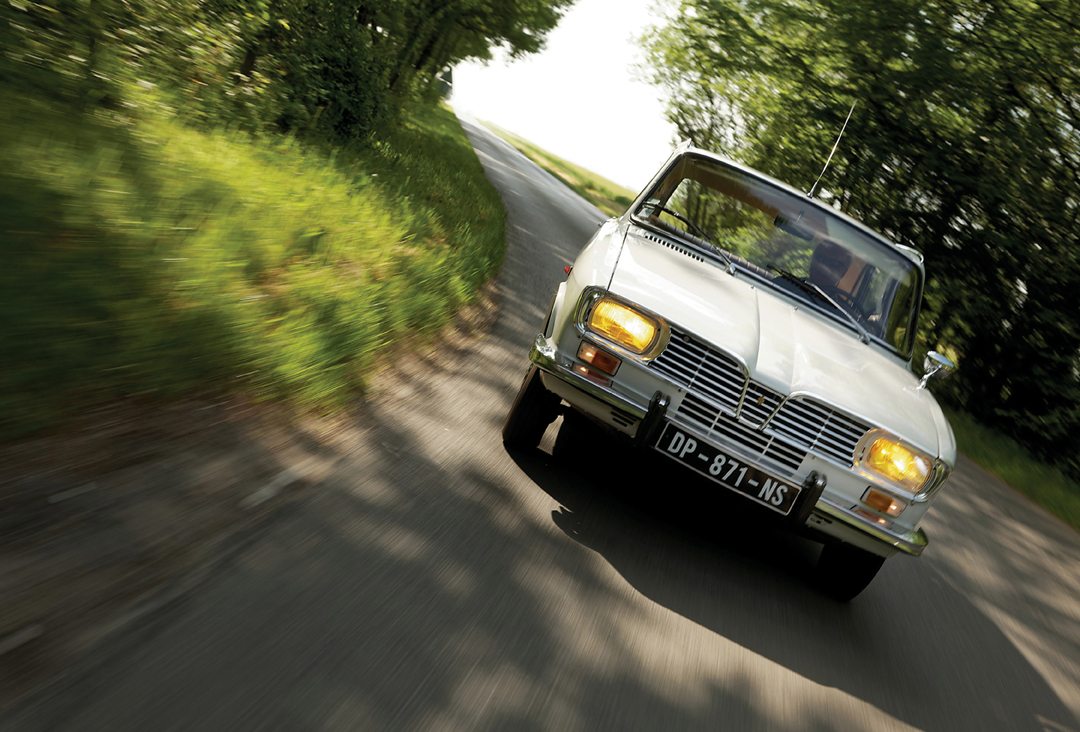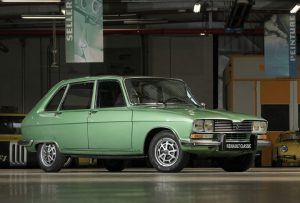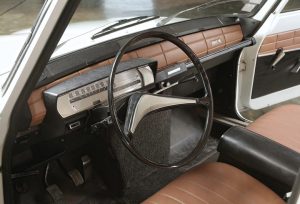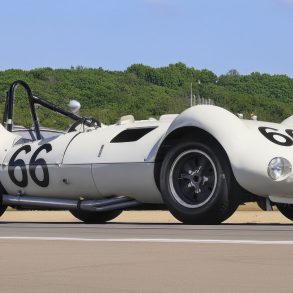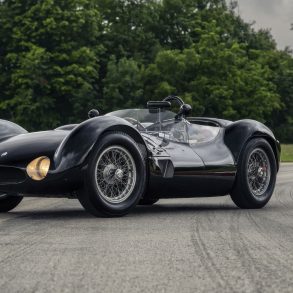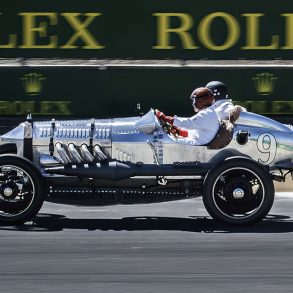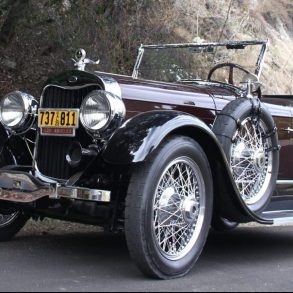The history of Renault’s family cars started 50 years ago in France during the post-war boom. In early 1965, the brand unveiled an innovative new vehicle at the Geneva Motor Show—the Renault 16. This new hatchback featured an original body shape founded on a two-box design, complete with an automotive first, the use of a tailgate for access to the back. The project to design a successor to the Frégate was an ambitious one, especially as Pierre Dreyfus – Renault’s CEO from 1955 to 1975 – wanted it to stand out from its rivals. “We have to take a different approach,” he proclaimed. “Cars can’t just be four seats and a boot any longer. They must be viewed as a volume.” The result was the Renault 16, a then radical car penned by Gaston Juchet and signed off by Dreyfus who predicted it would be “a car for families drawn by modern consumer society.”
The Renault 16 was a cross between a saloon and a van, a design that made it exceptionally versatile for the era. The storage area could be arranged in four different ways, thanks to a sliding, folding and removable rear bench. The seats were designed to suit all types of use, from fixing a child seat, to a reclined position for resting, and even a couchette position for two. From the outset, the Renault 16 was thought through as a family car, which was fundamentally different from anything produced by rival makes.
The Renault 16 also was notable in its time, for its then avant-garde equipment specifications. Front-wheel drive was still unusual in its class at the time, while the engine, like the gearbox and cylinder head, were made of aluminium and produced using a pressure-die casting process. Renault’s gamble paid off when the Renault 16 was named “Car of the Year” in 1966, beating no less than the Rolls-Royce Silver Shadow!


